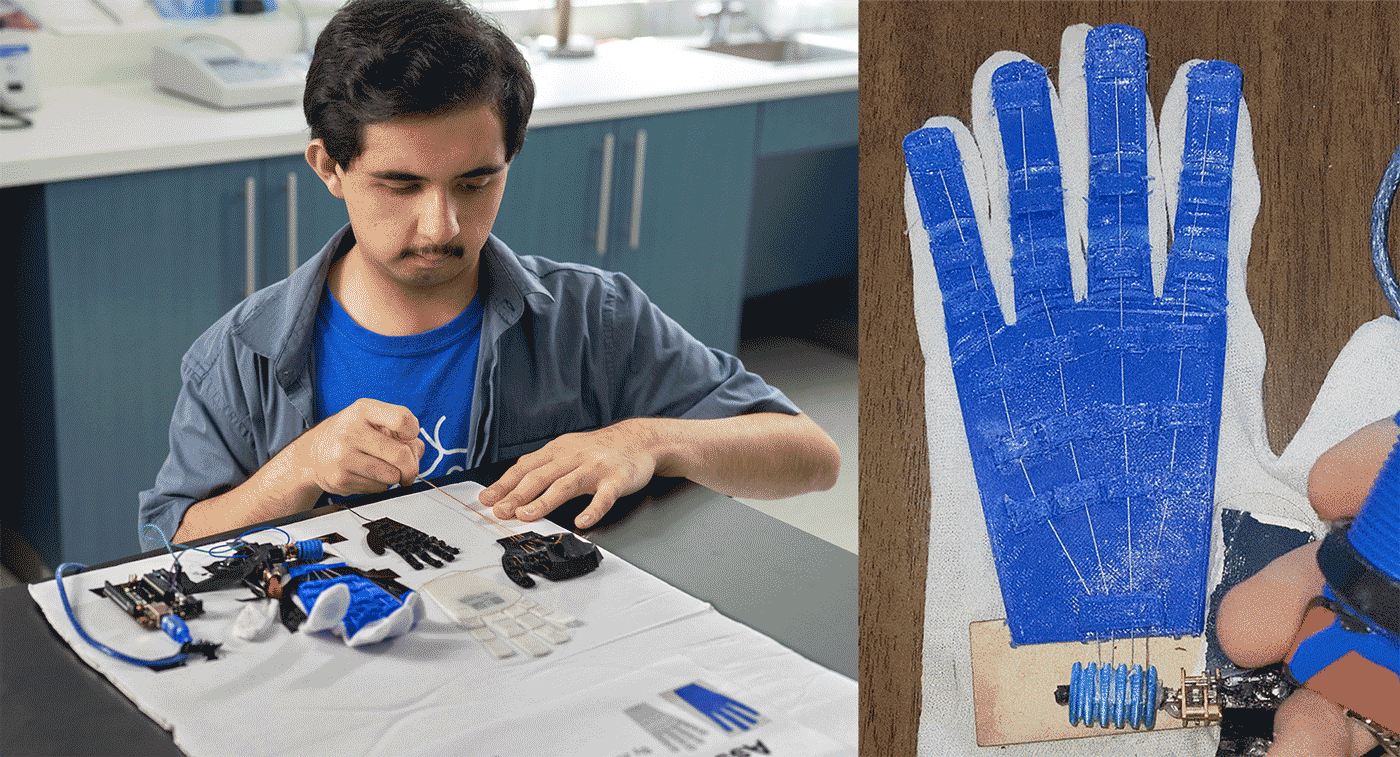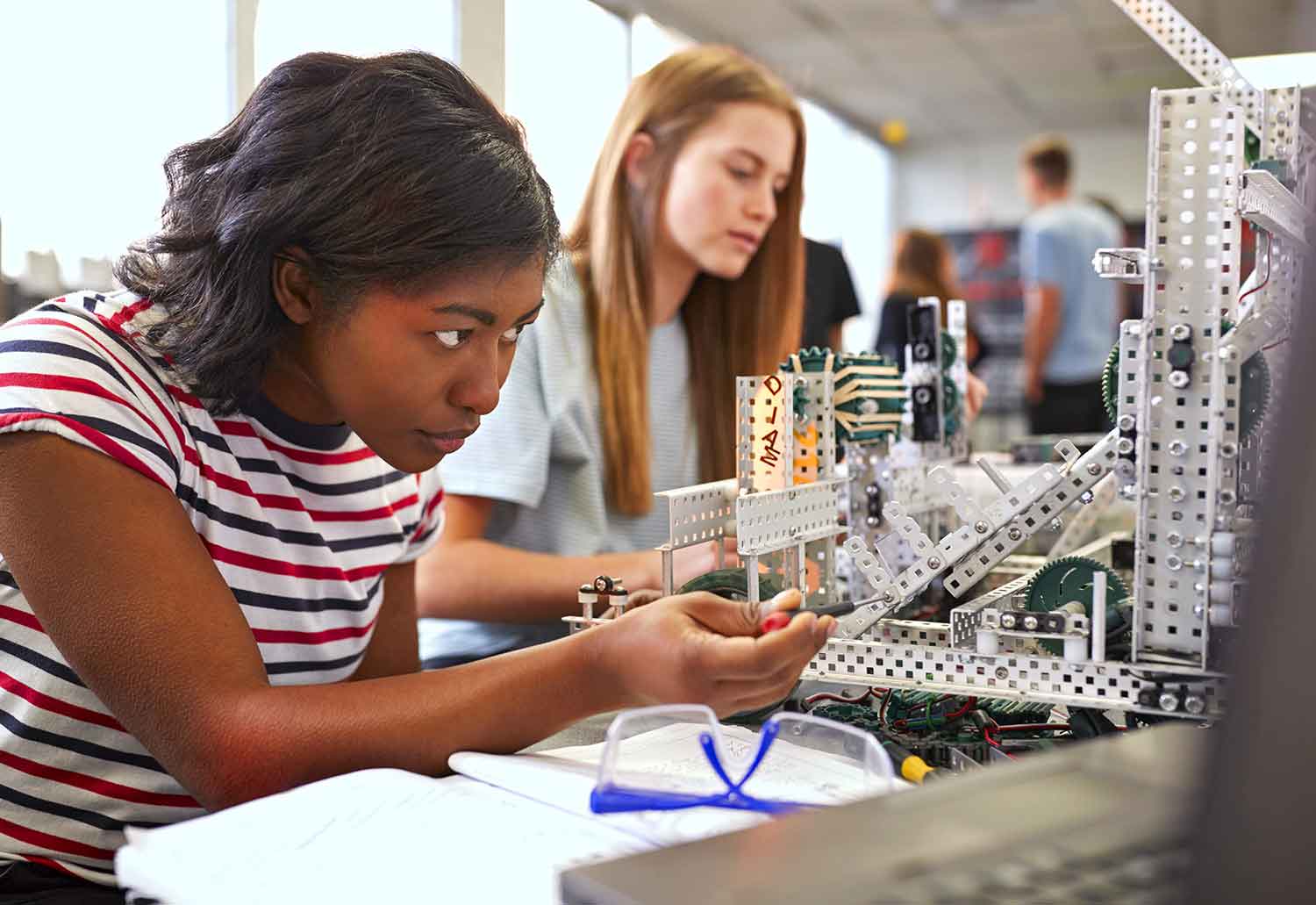A Shape-Shifting Robot
Scientists built a robot that can go from solid to liquid to solid again.

Wang and Pan et al., Sun Yat-Sen University (CC BY-SA)
These images show how a shape-shifting robot was able to get through “prison bars” by going from solid to liquid.
A robot that can turn from solid to liquid and back to solid again has scientists excited for the future. The technology used to create the shape-shifting robot could allow scientists to build devices that can get into hard-to-reach places.
Scientists in the United States and China built the robot using a metal called gallium, which they embedded with tiny magnetic particles. Gallium has a melting point of 86 degrees Fahrenheit (30 degrees Celsius), which is low compared to other metals. Scientists can melt the robot into liquid by exposing the embedded particles to an alternating magnetic field. This creates electricity, which heats the metal. Scientists can then cool the metal to make it solid again. The magnetic particles also allow scientists to move the robot by putting external magnets near it.
Scientists have built plenty of robots from either hard or soft materials. But hard robots can’t always get into tight spots, while soft robots can be difficult to control. A shape-shifting robot is flexible when liquid but sturdy when solid.
Scientists did several tests to determine what the robot could do. A video of one test shows the robot escaping from behind “prison bars.” In the video, the robot melts down, gets through the bars, and returns to a solid on the other side. In another test, scientists put a ball in a model of a human stomach and used the robot to remove the ball. The solid robot reached the ball, melted down, and wrapped itself around the ball. Then it became solid again and carried the ball out of the stomach. This test suggests that robots like these might be useful for removing harmful objects from the human body.
The technology could be used in many ways, but scientists are especially enthusiastic about its potential in the medical field.
Wang and Pan et al., Sun Yat-Sen University, under CC BY-SA
After the robot gets through the bars, the liquid fills a robot-shaped mold. It’s then cooled, causing it to become solid again.



